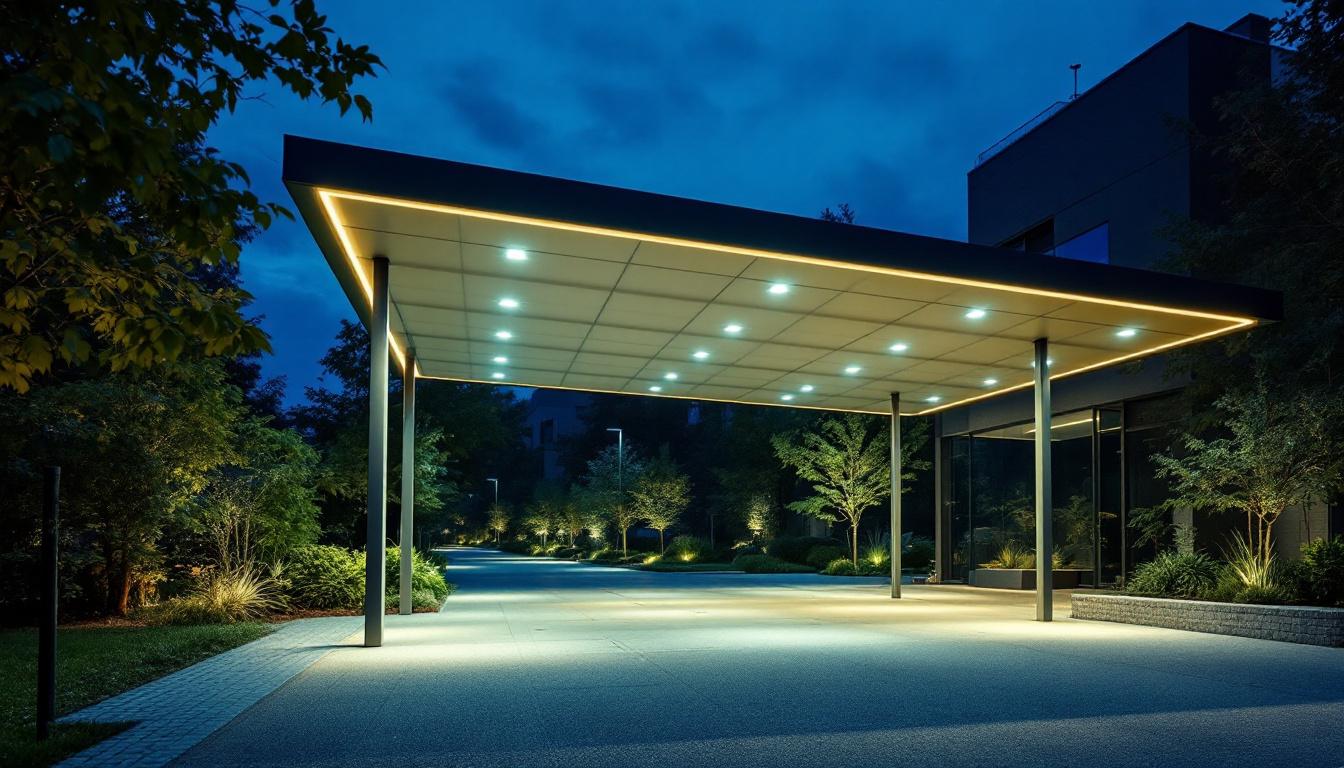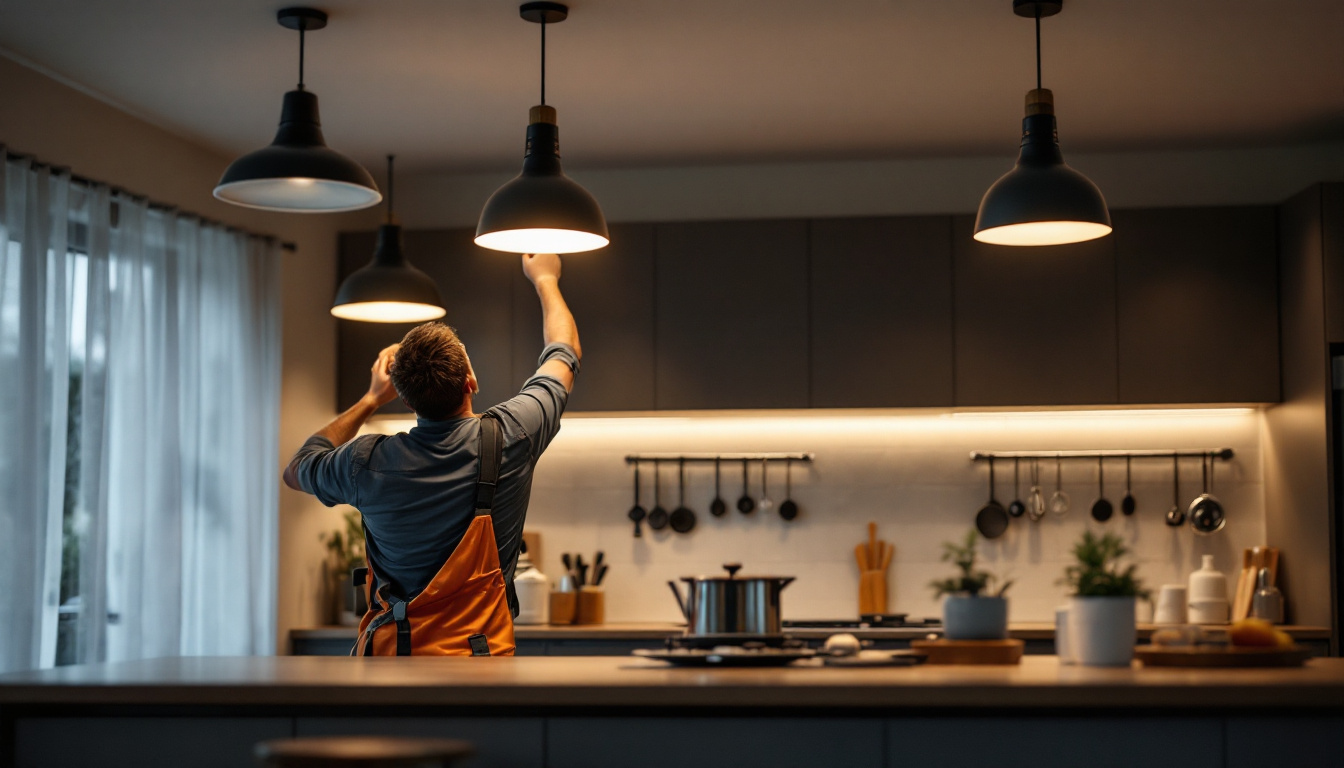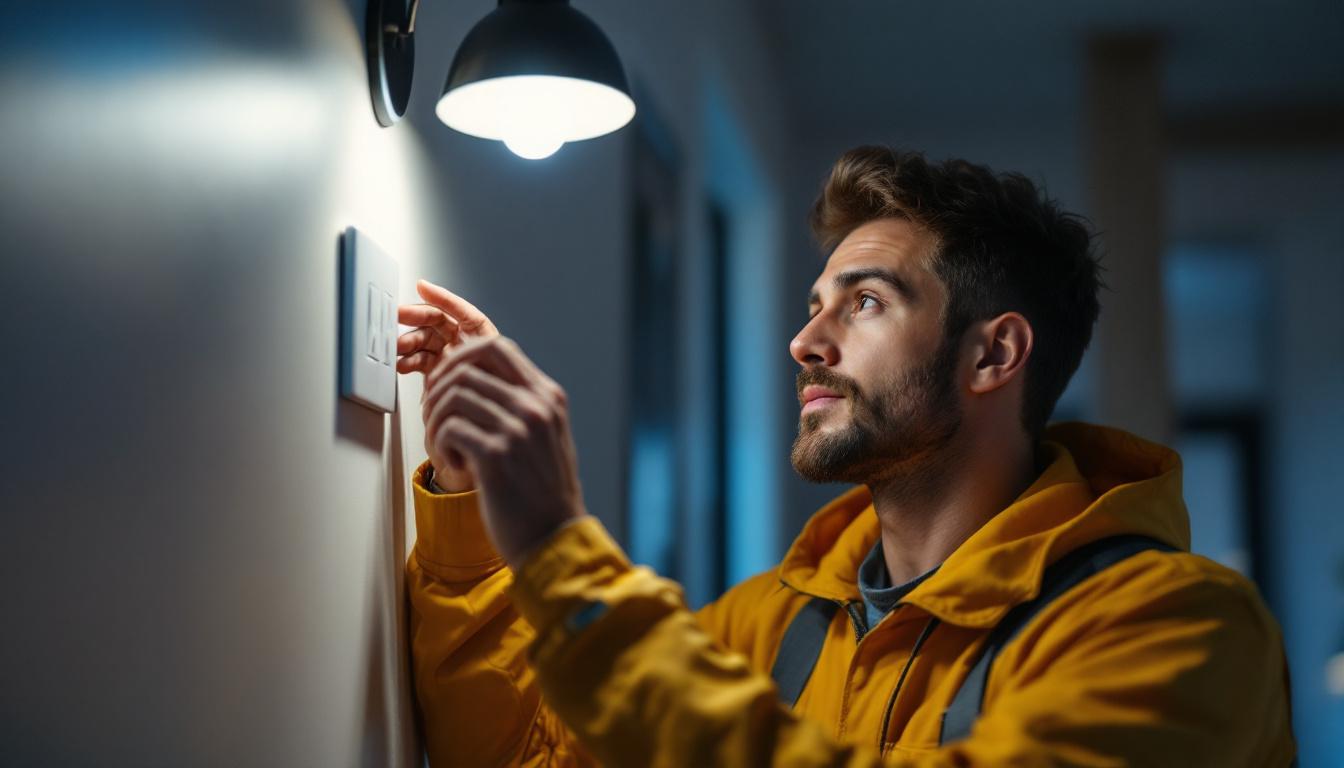
Lighting plays a crucial role in enhancing the aesthetics and functionality of any space. For lighting contractors, understanding the nuances of luminaire lighting fixtures is essential for delivering quality service and ensuring client satisfaction. This article outlines the do’s and don’ts that every lighting contractor should keep in mind when working with luminaire lighting fixtures.
Luminaire lighting fixtures encompass a wide variety of lighting solutions, from decorative chandeliers to practical recessed lights. Each type serves a unique purpose and contributes differently to the ambiance of a room. For contractors, it is vital to have a comprehensive understanding of these fixtures to make informed choices that align with their clients’ needs. The selection process often involves considering factors such as the size of the space, the intended use, and the overall design aesthetic. This knowledge not only helps in selecting the right fixtures but also in creating a cohesive design that enhances the functionality and beauty of the environment.
Quality should always be a priority when selecting luminaire fixtures. High-quality fixtures not only enhance the aesthetic appeal of a space but also ensure longevity and reliability. Investing in reputable brands can save contractors from future headaches related to maintenance and replacements. Furthermore, quality fixtures often come equipped with advanced technology, such as energy-efficient LED options, which can significantly reduce electricity costs over time. This not only benefits the client’s wallet but also aligns with sustainable building practices, making it a win-win situation for both contractors and homeowners.
Familiarity with different types of luminaires—such as ambient, task, and accent lighting—is essential. Each type serves a specific function and can dramatically change the atmosphere of a room. Ambient lighting provides overall illumination, creating a comfortable level of brightness without glare. Task lighting, on the other hand, focuses on specific areas, such as reading nooks or kitchen countertops, ensuring that these spaces are well-lit for their intended activities. Accent lighting is used to highlight particular features, like artwork or architectural details, adding depth and interest to the design. By understanding the distinctions, contractors can better advise clients on the most suitable options for their spaces. Additionally, the integration of smart lighting solutions into these categories further enhances the versatility and control over the lighting environment, allowing for customizable settings that can adapt to different moods and occasions.
Implementing best practices can significantly improve the quality of work and client satisfaction. Below are some key do’s that every lighting contractor should follow when dealing with luminaire lighting fixtures.
Before selecting any lighting fixture, it is crucial to conduct a thorough assessment of the space. This includes evaluating the room’s size, purpose, and existing decor. Understanding these elements allows contractors to recommend fixtures that not only fit but also enhance the overall design. Additionally, considering the natural light available in the space can lead to more informed decisions about the type and intensity of artificial lighting needed. For instance, a sunlit room may require softer lighting to maintain a balanced ambiance, while a dimly lit area might benefit from brighter, more focused fixtures.
The lighting industry is constantly evolving, with new designs and technologies emerging regularly. Staying updated on the latest trends can provide contractors with fresh ideas and solutions to present to clients. This knowledge can also help in making informed recommendations that align with modern aesthetics. Furthermore, understanding trends in smart lighting technology can open up new avenues for contractors to explore, such as integrating systems that allow clients to control their lighting remotely or adjust it based on their mood or activity. This not only enhances convenience but also adds a layer of sophistication to the overall lighting design.
Energy-efficient lighting solutions are not just a trend; they are a necessity in today’s eco-conscious world. Contractors should prioritize fixtures that offer energy savings, such as LED options. Not only do these fixtures reduce energy costs for clients, but they also contribute to a more sustainable environment. Additionally, educating clients about the long-term benefits of energy-efficient lighting can foster trust and demonstrate a contractor’s commitment to responsible practices. Offering insights into rebates or incentives for energy-efficient installations can also be a compelling selling point, making it easier for clients to make the switch to greener options.
While there are many best practices to follow, there are also common pitfalls to avoid. Here are some don’ts that can help contractors maintain professionalism and quality in their work.
Every region has specific regulations regarding lighting installations, including safety standards and energy codes. Ignoring these regulations can lead to costly fines and project delays. Contractors should familiarize themselves with local laws to ensure compliance and avoid potential issues.
While expertise is essential, it is equally important to listen to client preferences. Ignoring what the client envisions can lead to dissatisfaction and a lack of trust. Engaging clients in the decision-making process fosters a collaborative environment and ensures that the final outcome aligns with their expectations.
Rushing through the installation can lead to mistakes and compromises in quality. Taking the time to ensure that each fixture is installed correctly not only enhances safety but also improves the overall aesthetic. Patience and attention to detail are vital in achieving a professional finish.
Selecting the right luminaire fixtures is a critical step in any lighting project. The right choice can enhance the beauty and functionality of a space, while the wrong choice can lead to disappointment. Here are some considerations to keep in mind when making selections.
Each space has unique characteristics that influence the choice of fixtures. Factors such as ceiling height, natural light availability, and room purpose should all be considered. For example, a high ceiling may require pendant lights to create a focal point, while a smaller room may benefit from recessed lighting to avoid a cluttered look.
Every fixture should complement the overall design style of the space while fulfilling its functional requirements. For instance, a modern kitchen may benefit from sleek, minimalist fixtures, while a traditional dining room might call for more ornate chandeliers. Balancing style with function ensures that the lighting enhances the space rather than detracting from it.
Proper installation is key to the performance and longevity of luminaire fixtures. Following best practices during installation can prevent issues down the line and ensure that clients are satisfied with the results.
Having the right tools for the job is essential for a successful installation. This includes not only basic tools like screwdrivers and drills but also specialized equipment for specific types of fixtures. Using the appropriate tools can streamline the process and reduce the risk of damage to the fixtures or the property.
Every luminaire fixture comes with manufacturer instructions that outline the correct installation procedures. Following these guidelines is crucial for ensuring safety and performance. Skipping steps or improvising can lead to malfunctions or safety hazards, which can ultimately reflect poorly on the contractor.
Maintenance is an often-overlooked aspect of working with luminaire fixtures. Regular upkeep not only prolongs the life of the fixtures but also ensures that they continue to perform at their best.
Dust and grime can accumulate on fixtures over time, diminishing their brightness and overall appearance. Regular cleaning helps maintain their aesthetic appeal and functionality. Contractors should advise clients on appropriate cleaning methods and schedules to keep their fixtures looking new.
Electrical issues can arise with any lighting fixture, leading to flickering lights or complete outages. Regularly checking the electrical connections and components can help identify potential problems before they escalate. Encouraging clients to report any issues promptly can also prevent further complications.
Educating clients about their lighting fixtures can enhance their experience and satisfaction. Effective communication is key to ensuring that clients understand the importance of maintenance and the features of their new fixtures.
Upon completion of an installation, contractors should provide clients with clear instructions on how to operate and maintain their new fixtures. This includes information on bulb replacement, cleaning techniques, and troubleshooting common issues. Empowering clients with knowledge fosters trust and encourages them to reach out for future projects.
Feedback is invaluable for contractors looking to improve their services. Encouraging clients to share their experiences can provide insights into areas for improvement and highlight what is working well. This open line of communication can lead to repeat business and referrals, which are essential for growth in the lighting industry.
In the world of lighting, luminaire fixtures are more than just functional items; they are integral to the design and atmosphere of a space. By following the do’s and don’ts outlined in this article, lighting contractors can enhance their professionalism and deliver exceptional service to their clients.
Understanding the intricacies of luminaire fixtures, making informed choices, and maintaining clear communication with clients are all essential components of successful lighting projects. By prioritizing quality, staying updated on trends, and adhering to best practices, contractors can ensure that their work not only meets but exceeds client expectations.
Ultimately, the goal is to create spaces that are not only well-lit but also beautifully designed, enhancing the overall experience for those who inhabit them. With the right approach, lighting contractors can shine brightly in their field.
Ready to elevate your lighting projects with fixtures that promise quality, style, and value? Look no further than LumenWholesale. Our extensive selection of spec-grade lighting products is designed to meet the needs of the most discerning contractors. With unbeatable wholesale prices and the convenience of free shipping on bulk orders, you can access premium lighting solutions that fit your budget. Say goodbye to inflated markups and hello to the perfect blend of affordability and high performance. Make your next project shine with LumenWholesale. Wholesale Lighting at the Best Value.

Discover how Carport Lighting LED can boost your lighting project efficiency by up to 50%, reduce energy costs, and enhance safety—learn expert tips to optimize your setup today!.

Discover innovative hacks and expert tips for smart lighting contractors to transform kitchen spaces with the perfect ceiling light fittings.

Discover how leveraging a light fixture outlet can give lighting contractors a competitive edge in winning more bids.

Discover the essential do’s and don’ts for lighting contractors when installing bedroom light sconces.